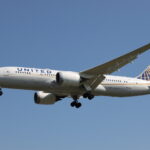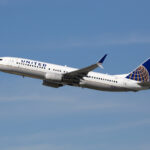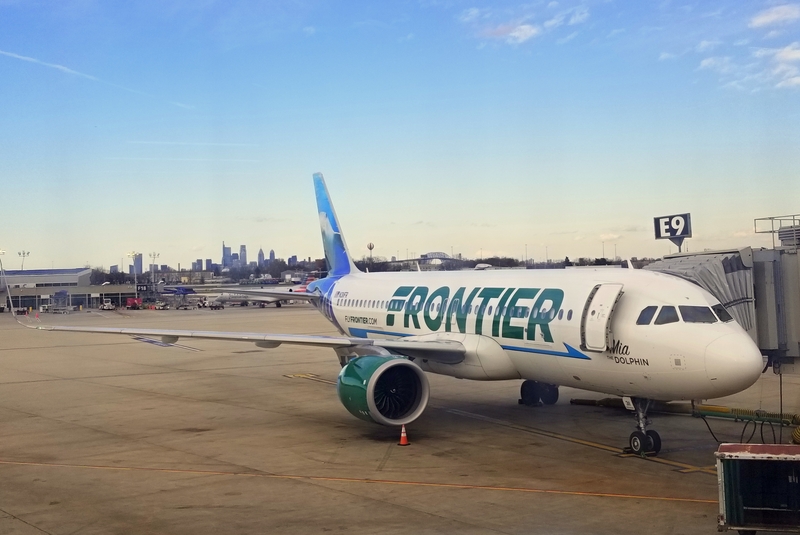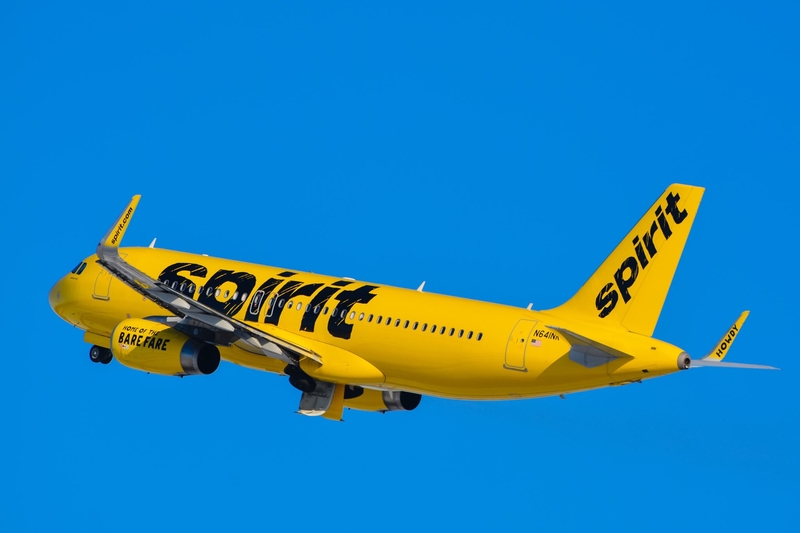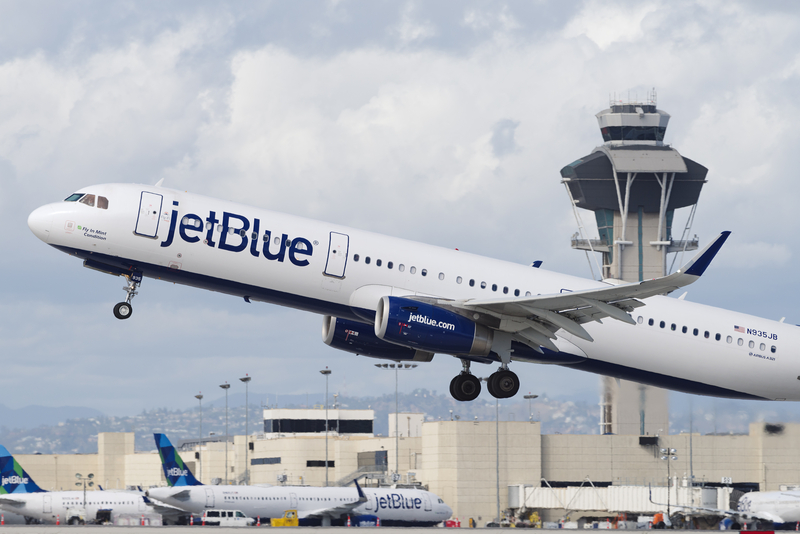United’s A321XLRs Arrive in 2026 With 150 Seats and a New Narrow-Body Polaris
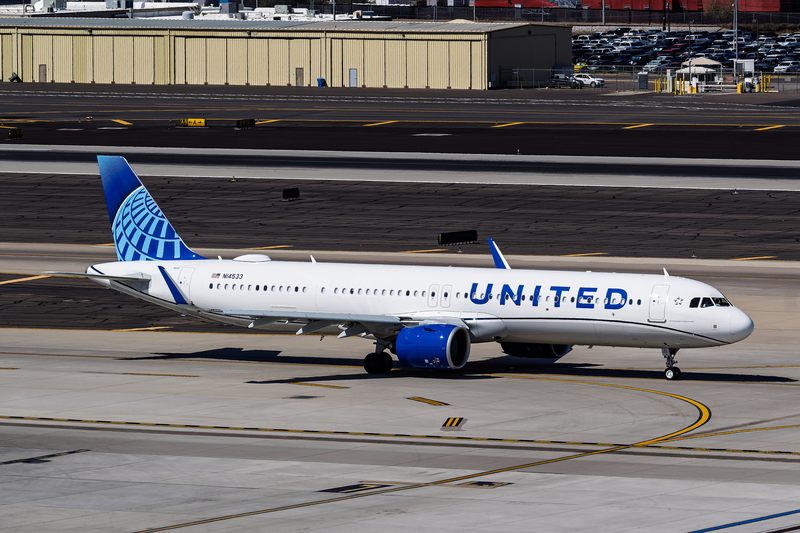
ID 367450536 | United A321 © Robin Guess | Dreamstime.com
United’s long-awaited Airbus A321XLRs are finally getting close, and we now have a clearer picture of how the cabins will look and where these jets will likely fly. The first deliveries are tentatively slated for early 2026, and the interior plan reveals a premium-leaning layout, a brand-new narrow-body Polaris seat with doors, and United’s full three-cabin long-haul experience on a single-aisle airframe.
The role of the XLR in United’s network
The A321XLR is tailor-made for “long and thin” missions—routes that are too long for a standard A321neo but can’t consistently support a wide-body. Expect United to use the type to:
-
Replace aging 757-200 capacity across the North Atlantic.
-
Open thinner transatlantic and deep-Latin markets where a 767 or 787 would be overkill.
-
Backfill and probe seasonal or shoulder-season demand patterns from Newark and other hubs.
Think Newark–Edinburgh, Newark–Bogotá, and similar stage lengths and market sizes—places where range matters but daily wide-body demand doesn’t.
The 150-seat layout: three cabins, one aisle
United’s A321XLRs will seat 150 passengers in four distinct sections:
-
20 Polaris (business class) – all with direct aisle access and doors
-
12 Premium Plus (premium economy) – a true long-haul PE experience on a narrow-body
-
36 Economy Plus (extra legroom)
-
82 Economy
Lavatory and galley planning is tight, as you’d expect on a single-aisle long-hauler. There will be one lavatory forward (shared by the flight deck and the entire Polaris cabin) and three aft, plus a small rear snack bar for self-service refreshments.
A new narrow-body Polaris: efficient, private, and… dense
Because United’s existing wide-body Polaris seat won’t fit on a narrow-body at acceptable density, the airline developed a bespoke product for the XLR. Key elements:
-
Herringbone layout angled toward the aisle, roughly 49 degrees, optimized for space efficiency.
-
Full-height doors for every seat, delivering privacy that now feels expected on premium long-haul.
-
Flat beds with a targeted 75–78″ bed length despite the tighter footprint.
-
Smart “space-sharing” geometry in the monument between seats—one side gains shoulder room where the other gains lower-arm clearance.
From a design filing and industry chatter, the platform appears closely related to Adient Altitude, with United holding a patent around its particular implementation. The upshot: an exclusive variant tailored to United’s density and range needs.
Is it the most glamorous narrow-body business class? No. Herringbone returns primarily because reverse-herringbone layouts consume more longitudinal space. But done well—with doors, decent surface space, and thoughtful lighting—it should be a competitive, private, and consistent place to sleep on a 7–8 hour red-eye.
How it stacks up against the competition
-
JetBlue Mint (A321LR/XLR): Still the narrow-body benchmark for many travelers with suites and strong soft product. United’s layout appears even denser, but privacy parity via doors will help.
-
STELIA Opera (A321neo) as flown by ITA Airways: Arguably the best seat shell on a single-aisle today (reverse-herringbone for the A321 family), though not all operators include doors.
-
Safran VUE (737 MAX) launching with flydubai: A purpose-built narrow-body suite with doors; not yet widely flown but conceptually similar to what U.S. carriers want for long thin flying.
-
Staggered seats (Aer Lingus/TAP/SAS on A321LRs): Efficient but lack universal direct aisle access. United’s all-aisle Polaris will compare favorably on passenger movement and privacy.
Premium Plus on a narrow-body: why it matters
The inclusion of 12 Premium Plus seats (2-2 layout) is a big deal. Premium economy on a single-aisle signals that United intends to sell the XLR as a true intercontinental experience, not a glorified domestic configuration. For corporate travel policies, leisure upsell, and consistency with the wide-body fleet, PE on the XLR should be a revenue driver.
The rest of the cabin
Behind Premium Plus, you’ll find 36 Economy Plus and 82 standard economy seats. The hard product should mirror United’s latest narrow-body interiors: big overhead bins, power at every seat, seatback screens with Bluetooth support, and streaming IFE—exact specs may vary with the final delivery tranche, but United has been leaning into a consistent digital experience across the fleet.
Operational realities and comfort trade-offs
Single-aisle long-hauls live and die by details:
-
Lav access: A single forward lav for 20 Polaris seats plus pilots will require smart service choreography and courtesy.
-
Galleys and service flow: Two carts in a narrow aisle across three cabins means service windows will be tightly scripted, especially on overnight eastbounds.
-
Cabin acoustics: The A321XLR’s quieter, efficient engines and modern insulation help, but a single-aisle “feels” busier than a twin-aisle. Expect United to lean on curated lighting, noise-damping, and service pacing to elevate the experience.
Where United and American now converge
American’s first A321XLR has already been delivered (stored while interiors finalize), targeting entry into service in late 2025 or early 2026. AA’s plan largely mirrors United’s:
-
Suites with doors in business, true premium economy, and a dense but modern main cabin.
-
Heavy use on transatlantic lanes vacated when AA retired 757/767 fleets in 2020.
The takeaway: both carriers will field broadly similar three-cabin XLRs. The differences will come down to seat geometry nuances, soft-product consistency, and—crucially—network execution.
What it means for flyers
-
More nonstop pins on the map: Expect additional seasonal European dots from Newark and selective deep-Latin pushes that weren’t previously viable.
-
Better schedule breadth: XLR economics support shoulder-season and weekday timings that wide-bodies struggled to justify.
-
Upmarket narrow-body experience: Suites with doors and real premium economy on a single aisle should make these flights feel legitimately long-haul.
Timeline and caveats
United still targets early 2026 for first delivery, but certification and supply-chain realities remain moving targets. Seat count and monuments can evolve slightly as installation and certification finalize. The broad strokes—150 seats, 20-12-36-82 split, new herringbone Polaris with doors, Premium Plus on board—look locked in.
Bottom line
United’s A321XLR will bring a genuinely long-haul, three-cabin product to single-aisle flying, anchored by an all-new narrow-body Polaris suite with doors and a proper Premium Plus section. The herringbone choice prioritizes density and range over wow-factor, but if United nails the finishes and service, these jets should be powerful tools for opening thin transatlantic and Latin markets while giving customers a consistent, premium experience—without needing a wide-body.

